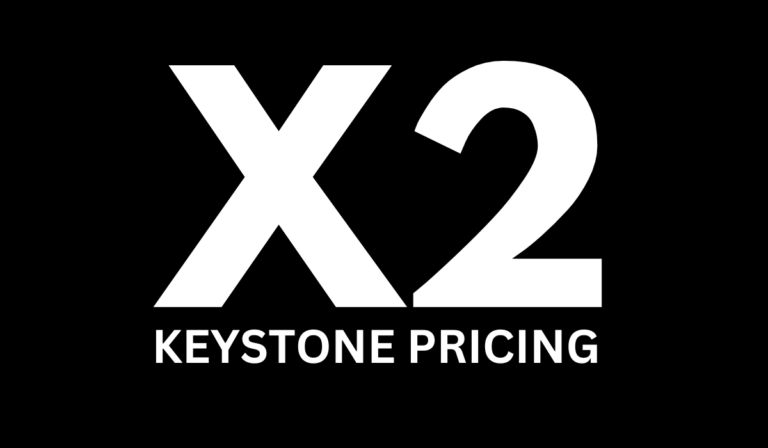What is Vendor-Managed Inventory (VMI)?
Vendor-managed inventory, or VMI, is a supply chain arrangement under which the supplier controls and manages the level of inventory in the location of the customer. The supplier keeps the levels of stock optimal by using real-time data, demand forecast, and stocking goods when needed.
This method transfers inventory management duties to the supplier. It makes the process more efficient, eliminates unnecessary expenses, and enhances collaboration between the supplier and the buyer. VMI finds extensive application in retail, healthcare, manufacturing, and e-commerce.
How Does Vendor-Managed Inventory Work?
VMI operates through a structured process involving data sharing, demand forecasting, and automated replenishment. Here’s how it works:
- Agreement on Inventory Parameters
- The supplier and customer define minimum/maximum stock levels, reorder points, and service level agreements (SLAs).
- Both parties agree on performance metrics like fill rates and lead times.
- Real-Time Data Sharing
- The customer provides real-time inventory data via EDI (Electronic Data Interchange), APIs, or cloud-based platforms.
- Suppliers access sales trends, stock levels, and consumption patterns.
- Demand Forecasting & Replenishment
- Suppliers use AI-driven tools and predictive analytics to forecast demand accurately.
- Automated systems trigger replenishment orders when stock reaches predefined thresholds.
- Inventory Replenishment
- Suppliers ship products directly to the customer’s warehouse or retail locations.
- Some suppliers use drop-shipping or cross-docking to minimize delays.
- Continuous Monitoring & Optimization
- Suppliers adjust inventory strategies based on seasonal trends, promotions, and market shifts.
- Machine learning improves accuracy over time by analyzing historical data.
Latest Trends & Innovations in VMI
- AI & Machine Learning for Smarter Forecasting
- Modern VMI systems use AI to predict demand with higher precision.
- Machine learning algorithms analyze past sales, weather data, and economic trends.
- Walmart and Amazon use AI-powered VMI to reduce stockouts by 30%.
- IoT & RFID for Real-Time Tracking
- IoT sensors and RFID tags provide live inventory visibility.
- Suppliers track stock movement, expiration dates (in healthcare), and storage conditions.
- Procter & Gamble uses RFID to automate retail restocking.
- Blockchain for Transparent Supply Chains
- Blockchain ensures secure, tamper-proof data sharing between suppliers and buyers.
- Smart contracts automate payments and reorders when conditions are met.
- Nestlé and Unilever test blockchain for food and pharmaceutical VMI.
- Cloud-Based VMI Platforms
- Cloud solutions like SAP Integrated Business Planning (IBP) and Oracle VMI Cloud enhance collaboration.
- Suppliers and customers access dashboards with real-time analytics.
- Small businesses adopt affordable SaaS-based VMI tools.
- Autonomous Drones & Robots in Warehousing
- Amazon and Alibaba deploy drones for inventory checks in large warehouses.
- Autonomous mobile robots (AMRs) speed up stock replenishment in distribution centers.
- Sustainability-Driven VMI Models
- Suppliers optimize shipments to reduce carbon footprints.
- Circular VMI models promote reusable packaging and waste reduction.
- IKEA’s VMI program cuts excess inventory, reducing environmental waste.
Benefits of Vendor-Managed Inventory
1. Lower Inventory Costs
- Reduces excess stock and holding expenses.
- Just-in-time (JIT) replenishment minimizes capital tied up in inventory.
2. Improved Supply Chain Efficiency
- Fewer stockouts and overstock situations.
- Automated ordering reduces manual errors.
3. Enhanced Supplier-Customer Relationships
- Builds trust through transparency and shared goals.
- Suppliers gain deeper insights into customer needs.
4. Better Demand Forecasting
- AI and big data improve accuracy.
- Suppliers adjust to market changes faster.
5. Higher Customer Satisfaction
- Ensures product availability when needed.
- Retailers like Target and Costco use VMI to keep shelves stocked.
Challenges & Disadvantages of VMI
1. Dependency on Supplier Performance
- Poor forecasting by suppliers leads to stockouts or overstocking.
- Requires strong SLAs to hold suppliers accountable.
2. Loss of Control for Buyers
- Some businesses hesitate to outsource inventory decisions.
- Requires trust in supplier’s capabilities.
3. Data Security & Integration Issues
- Sharing real-time data requires secure systems.
- Legacy ERP systems may not integrate smoothly with VMI software.
4. High Implementation Costs
- Initial setup for IoT, AI, and cloud platforms can be expensive.
- SMEs may find advanced VMI systems cost-prohibitive.
5. Not Ideal for All Industries
- Businesses with unpredictable demand (e.g., fashion) may struggle with VMI.
- Custom or low-turnover products may not benefit from automated replenishment.
Best Practices for Successful VMI Implementation
1. Choose the Right Supplier
- Partner with tech-savvy suppliers experienced in VMI.
- Ensure they have robust forecasting tools.
2. Set Clear KPIs & SLAs
- Define metrics like order accuracy, fill rates, and lead times.
- Regularly review performance and adjust strategies.
3. Invest in Technology
- Use AI, IoT, and cloud-based platforms for seamless integration.
- Automate data sharing to reduce manual work.
4. Foster Collaboration
- Hold regular meetings to align goals.
- Share sales forecasts and promotional plans with suppliers.
5. Start Small & Scale Gradually
- Pilot VMI with a few high-demand products first.
- Expand to other SKUs once the system proves effective.
Future of VMI: What’s Next?
- Hyperautomation: Combining AI, RPA (Robotic Process Automation), and IoT for fully autonomous VMI.
- 5G-Enabled Supply Chains: Faster data transmission improves real-time decision-making.
- VMI-as-a-Service (VMIaaS): Third-party providers offer VMI solutions for SMEs.
- Personalized Inventory Management: AI tailors VMI strategies for niche markets.
Conclusion
Vendor-managed inventory (VMI) is evolving with AI, IoT, and blockchain, making supply chains smarter and more efficient. While challenges exist, businesses that adopt modern VMI solutions gain a competitive edge through cost savings, better stock management, and stronger supplier partnerships.
As technology advances, VMI will become more accessible, even for small businesses. Companies that embrace these innovations will lead in efficiency, sustainability, and customer satisfaction.
Is VMI right for your business? Assess your demand patterns, supplier capabilities, and tech readiness to decide. The future of inventory management is here—don’t get left behind.



